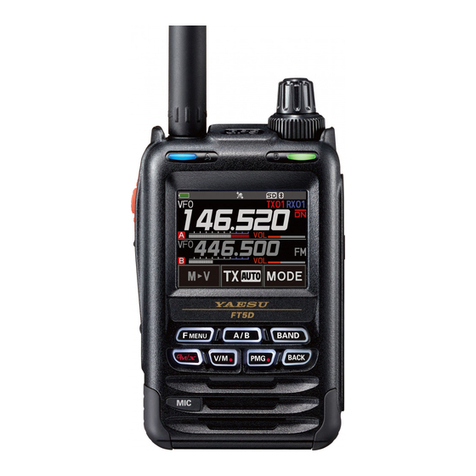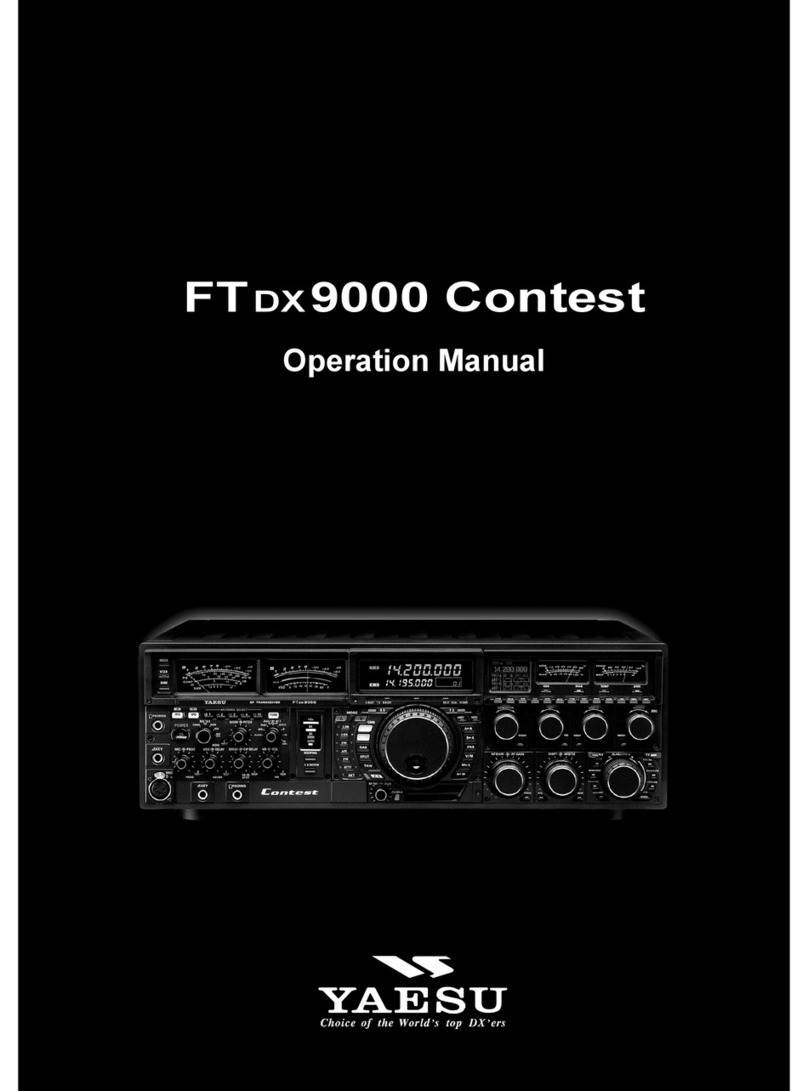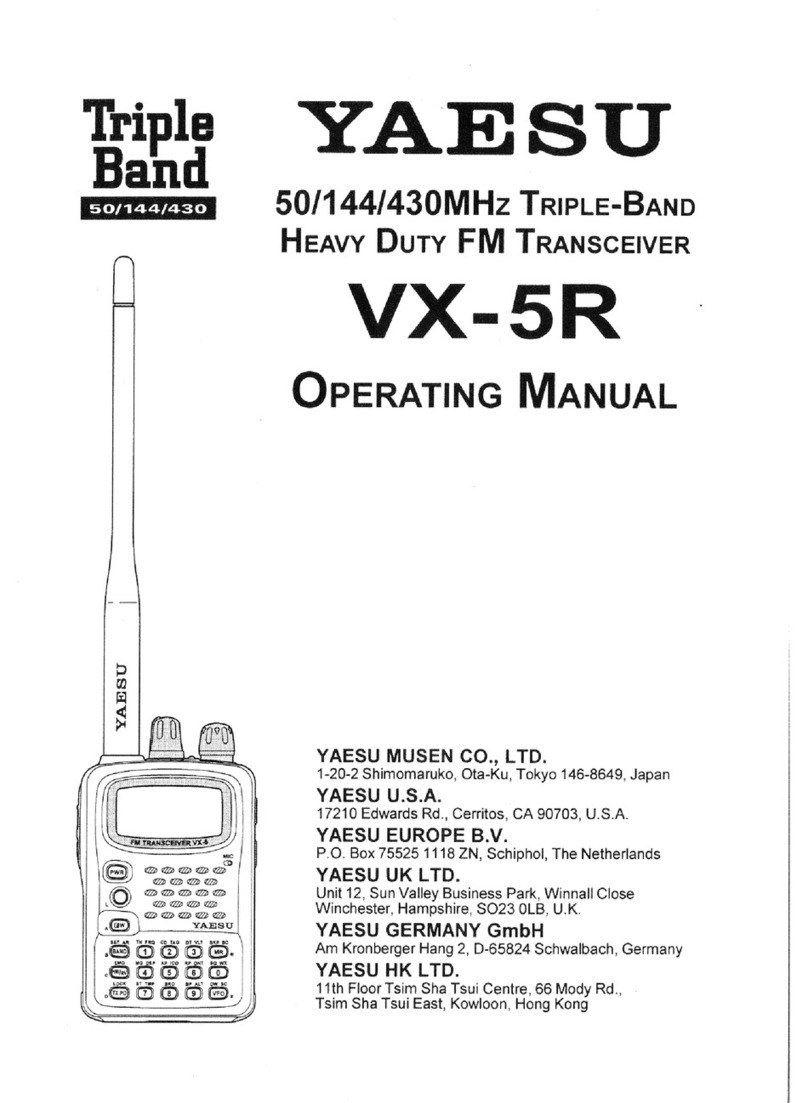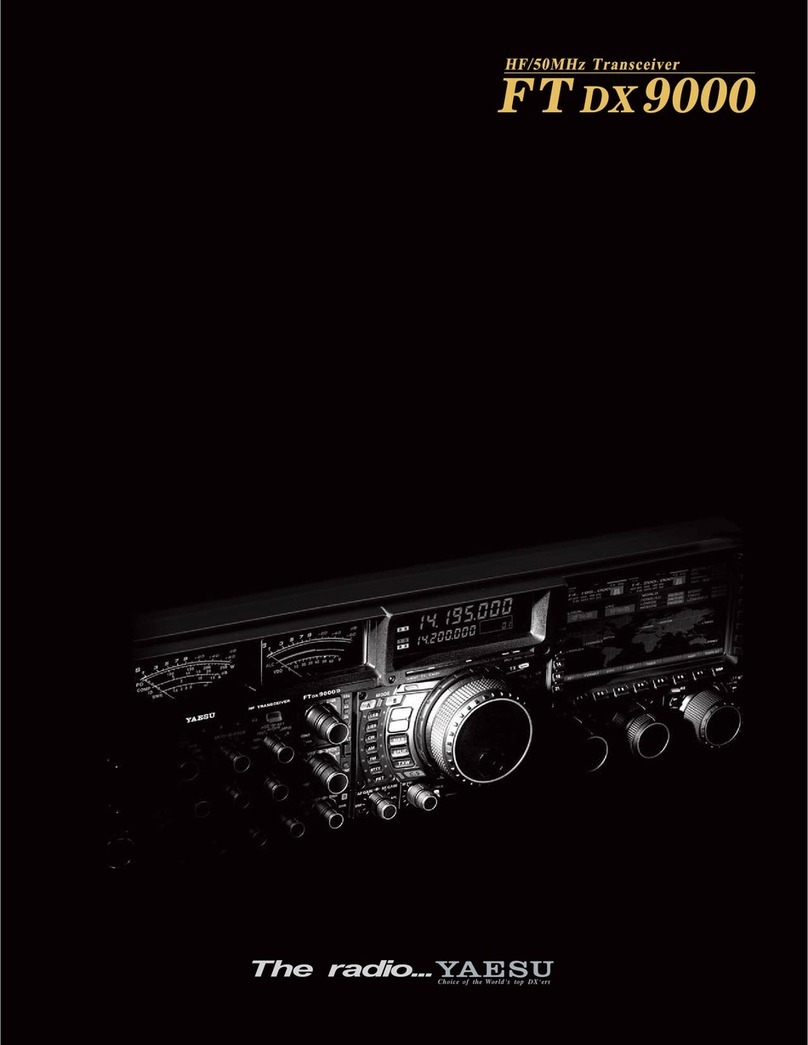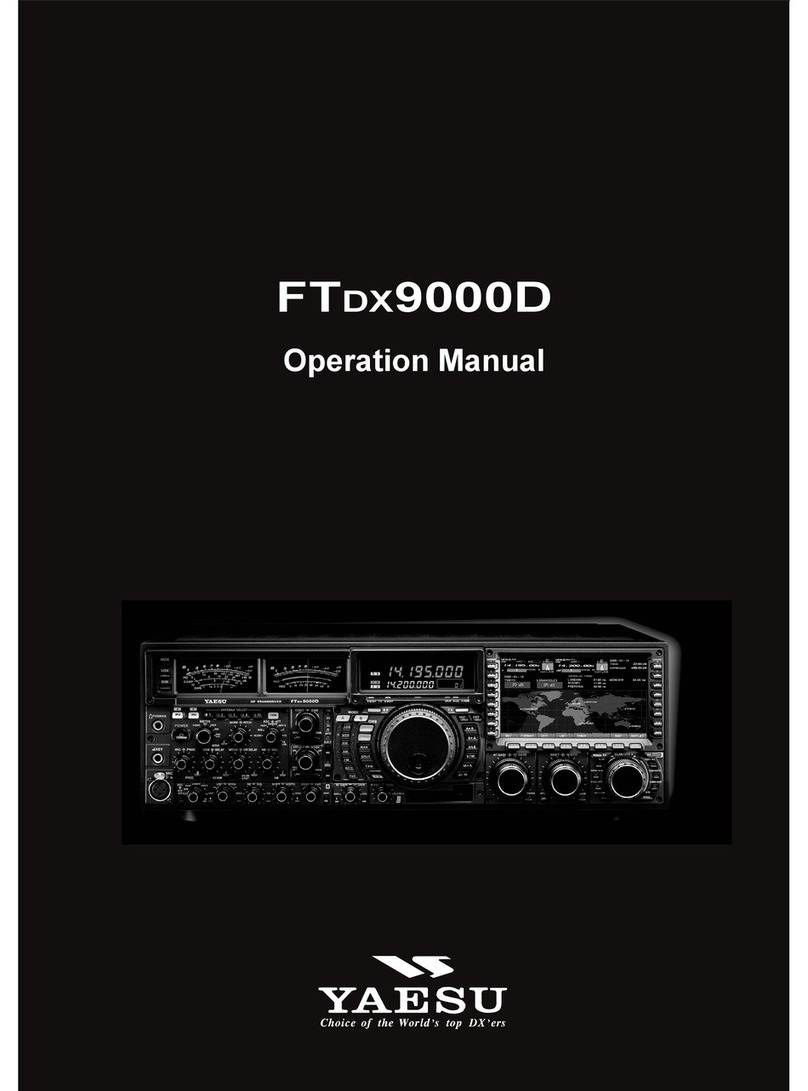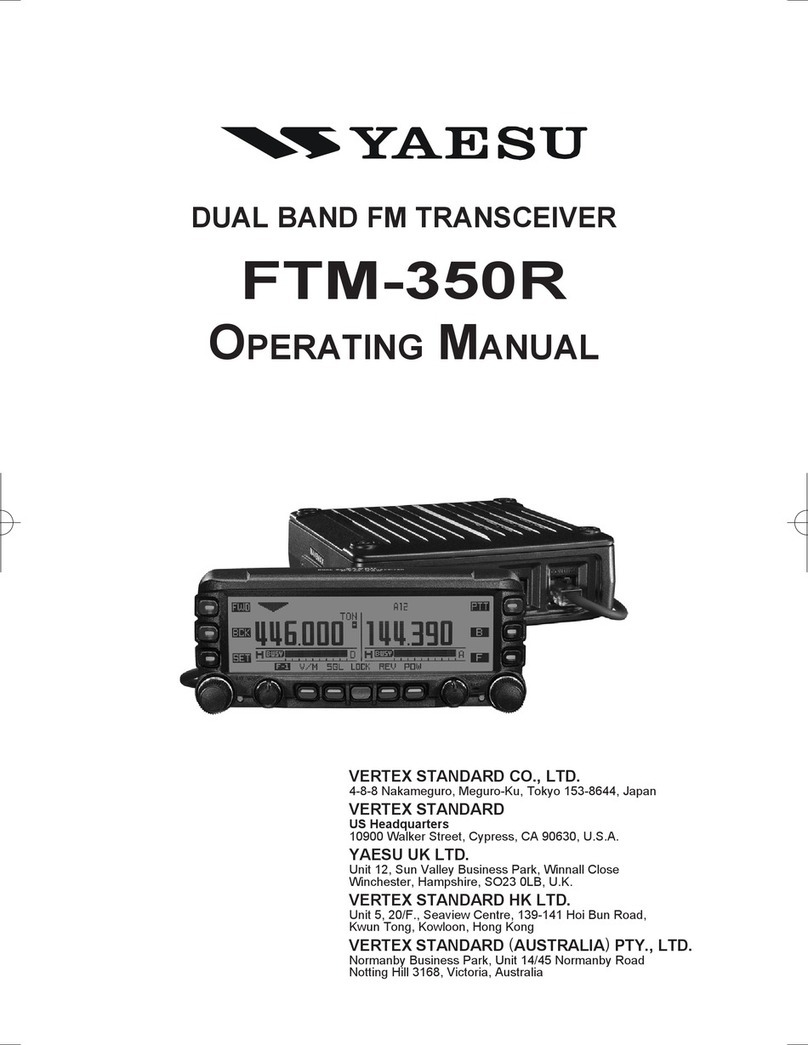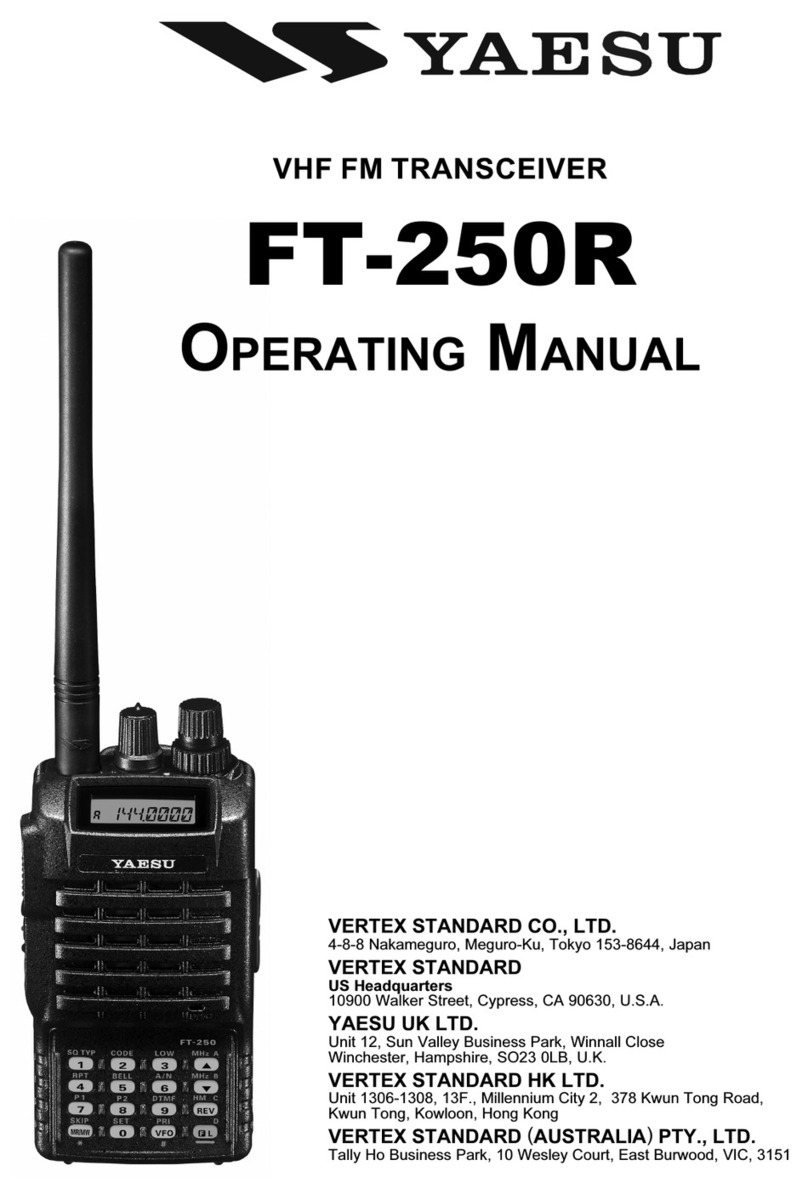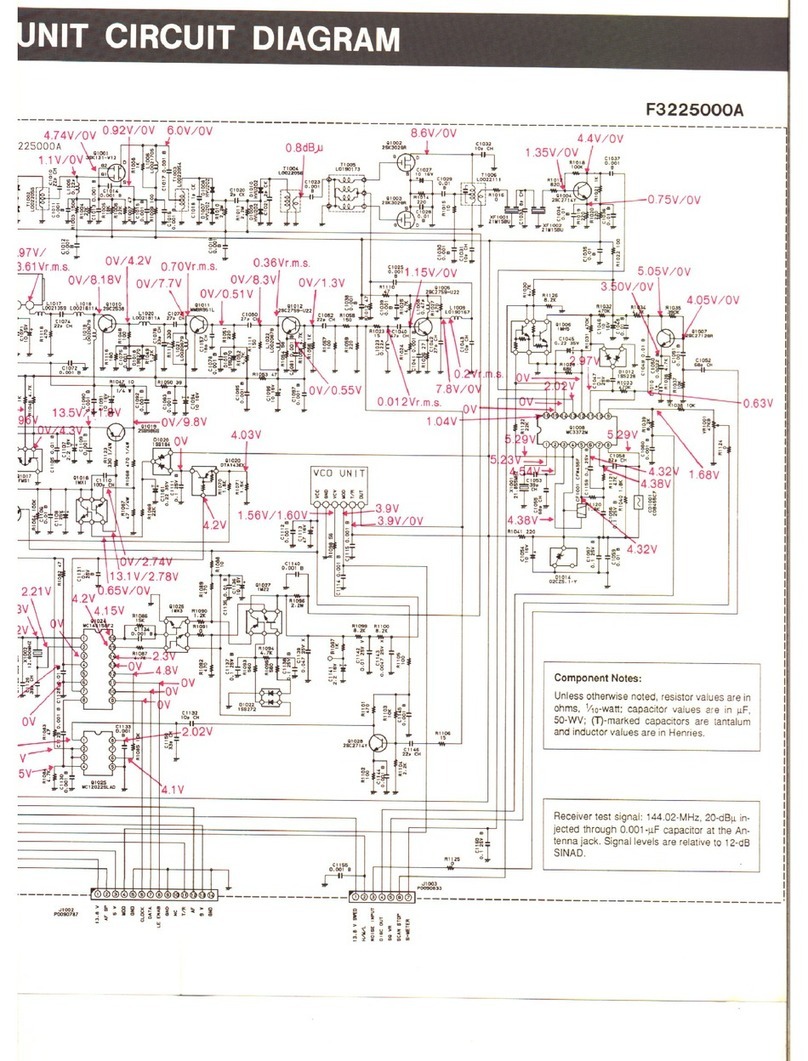General description .................................................. 1
Specifications............................................................ 2
Accessories & Options.............................................. 4
Plug Pinout ............................................................... 5
Installation................................................................ 6
Power Connections ................................................. 6
Grounding............................................................... 8
Base Station Earth Grounding .............................. 8
Mobile Station Grounding.................................... 9
AntennaConsiderations......................................... 10
Base Station Antenna Installations...................... 10
Mobile Antenna Installations.............................. 11
RF Field Exposure ................................................ 12
Electromagnetic Compatibility .............................. 12
Heat And Ventilation ............................................ 13
Base Station Wire Stand........................................ 13
Accessory Interfacing ............................................ 14
Linear Amplifier Interfacing............................... 14
VHF/UHF Preamplifiers .................................... 15
AFSK TNC Connections.................................... 16
FM Packet TNC Interfacing ............................... 17
CW Accessory Interfacing.................................. 18
Receiver Accessories ......................................... 18
Front Panel Controls & Switches........................... 20
Display Indicators and Icons.................................. 26
Rear Panel Connectors........................................... 28
Operation ............................................................... 30
Initial Setup .......................................................... 30
Operation Quick Start............................................ 31
Receiver Operation ............................................... 32
Frequency Navigation ........................................ 32
VFO Operation .................................................. 32
Main VFO Tuning Dial ...................................... 32
SUB-TUNE Knob.............................................. 32
Shuttle JogTM Ring ............................................. 33
MEM/VFO CH Knob......................................... 34
UP and DWN Scanning Keys (Microphone) ....... 34
qBANDpand qMHzpKeys......................... 35
Direct Frequency Entry via 12-key Keypad......... 35
Receiver Features .................................................. 36
RF Preamplifiers (Internal)................................. 36
RF Preamplifiers (External)................................ 36
Receiver Input Attenuator .................................. 36
AGC (Automatic Gain Control).......................... 36
RF Gain Control ................................................ 37
IF Noise Blanker ................................................ 37
Clarifier (Receiver Incremental Tuning) ............. 37
DSP Noise Reduction......................................... 38
Squelch (Receiver Muting)................................. 38
Voice Synthesizer .............................................. 38
Meterring........................................................... 39
Narrow IF Filters ............................................... 39
IF Shift .............................................................. 40
High Cut/Low Cut Controls (DSP) ..................... 40
Notch Filter (DSP) ............................................. 41
CW Reverse ...................................................... 41
Transmitting.......................................................... 43
SSB Transmission ................................................. 44
Basic Operation ................................................. 44
RF Speech Processor Operation ......................... 45
Voice Monitor ................................................... 45
SSB TX Frequency Response............................. 45
CW Transmittion .................................................. 46
Straigh Key/External Keying Device Operation .. 46
Electronic Keyer Operation ................................ 48
FM Transmission .................................................. 50
“Channelized” Frequency Navigation ................. 50
Simplex (non-repeater) Operation....................... 51
Repeater Operation ............................................ 52
DCS (Digital Coded Squelch) Operation ............ 54
DTMF (Autopatch) Operation ............................ 54
Cross-Band Repeater Operation ......................... 55
FM Packet Operation ............................................ 56
AFSK RTTY/Data Operation ................................ 57
AM Transmission .................................................. 58
Operation on Alaska Emergency Frequency.................
59
Antenna Tuner (FC-20) Operation ......................... 60
Active-Tuning Antenna System (ATAS-100) Operation ....
62
Split Trequency Operation (non-Satellite) .............. 64
Satellite Operation ................................................ 66
Satellite “Memory” Registers ............................. 68
Satellite Metering Options.................................. 68
Satellite Memory Labeling ................................. 69
Memory Operation................................................. 70
QMB (Quick Memory Bank) ................................. 70
Main Memory System ........................................... 71
Normal (“Simplex”) Memory Storage................. 71
Split-Frequency Memory Storage ....................... 72
Memory Cannel Recall....................................... 73
“Home” Channel Memory.................................. 74
Erasing Individual Memories.............................. 75
Erasing All Memories ........................................ 75
Smart SearchTM ....................................................... 76
Priority Channel Operation ................................... 77
ScanningOperation................................................ 78
Memory Channel “Skip” Feature........................ 79
Programmable Memory Scan ................................ 80
WeatherFax Monitoring ........................................ 81
Menu System .......................................................... 82
Activation of Menu System and Parameter Setting .82
Menu System Selection Chart ................................ 83
Menu Selection Details ......................................... 84
Satellite Memory Alpha-Numeric Tag Programming...
88
CAT
System Programming.................................. 91
Transceiver-to-Transceiver Cloning ...................... 94
Installation of Optional Accessories....................... 95
Optional Filters (YF-112S-02/YF-115C) ............... 95
Optional Voice Synthsizer Unit (FVS-1A) ............. 96
CPU Resetting & Memory Backup ........................ 97
In Case of Trouble ... .............................................. 98
Appendix .............................................................. 100
EME (Earth-Moon-Earth) Operation ................... 100
High-Speed CW Meteor Scatter Operation .......... 102
Table of Contents
